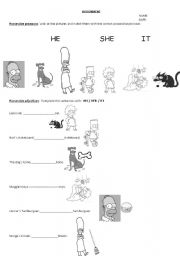
|
revision for elementary students: To Be, possessive adj., p.pronouns, I like/Idon�t like, personal questions
this is an assignment to review different topics such as; verb To Be, personal pronouns, possessive adjectives, likes and dislikes and personal questions. I hope you find it useful.
Level: elementary
Age: 6-14
Type: worksheet
Downloads: 2
|
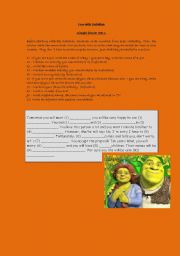
|
FUN WITH DICTATION: SIMPLE FUTURE: WILL
This is a funny way to do dictations. Students enjoy this activity a lot. In this case, it is based on the simple future tense but you can also adapt it to any grammar topic.
Level: elementary
Age: 11-17
Type: worksheet
Downloads: 9
|
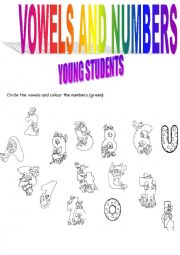
|
VOWELS AND NUMBERS
FOR VERY YOUNG LEARNERS
Level: elementary
Age: 4-6
Type: worksheet
Downloads: 2
|
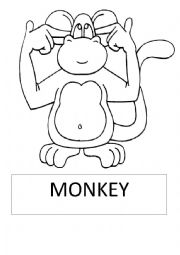
|
ANIMAL FLASHCARDS SET 3
the last set
Level: elementary
Age: 5-17
Type: flash-card
Downloads: 28
|
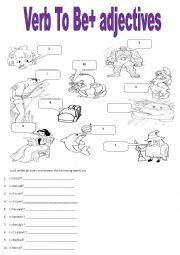
|
VERB TO BE (?) + ADJECTIVES
students look at the numbers in the pictures and answer to yes / no questions. I hope you find it useful.
Level: elementary
Age: 7-12
Type: worksheet
Downloads: 22
|
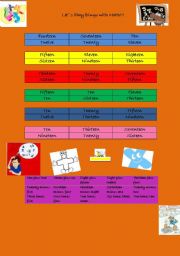
|
GAME: playing Bingo with Math Numbers: 1-20
This game is for elementary students who are learning numbers from one to twenty. it�s a funny way to practice numbers and math at the same time.
Level: elementary
Age: 7-14
Type: worksheet
Downloads: 2
|
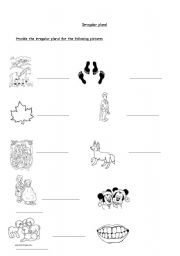
|
irregular plurals
this activity contains the most common images ralated to irregular plurals.
Level: elementary
Age: 8-17
Type: worksheet
Downloads: 4
|
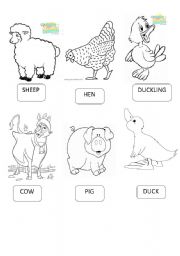
|
FARM ANIMALS 2
TO COMPLETE THE SET
Level: elementary
Age: 6-17
Type: flash-card
Downloads: 65
|
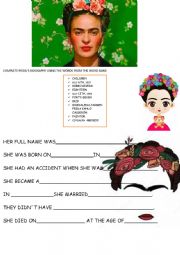
|
FRIDA KAHLO BIOGRAPHY- WITH KEY
A VERY SIMPLE TEXT TO REVIEW SIMPLE PAST TENSE AND BIOGRAPHY STRUCTURE.
Level: elementary
Age: 9-17
Type:
Downloads: 24
|
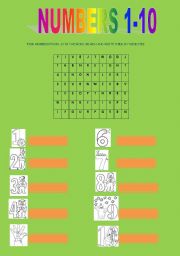
|
NUMBERS 1-10
A WORD-SEARCH TO LEARN NUMBERS 1-10
Level: elementary
Age: 5-9
Type: worksheet
Downloads: 8
|